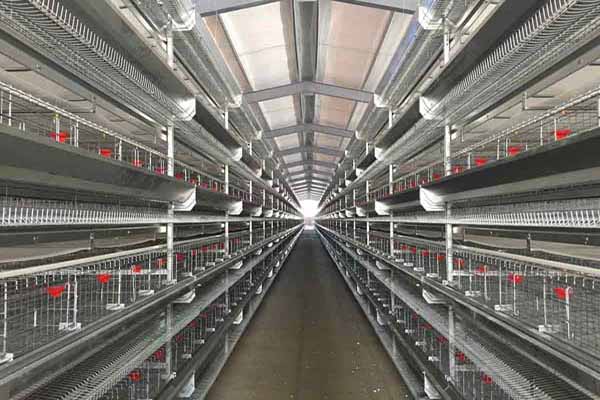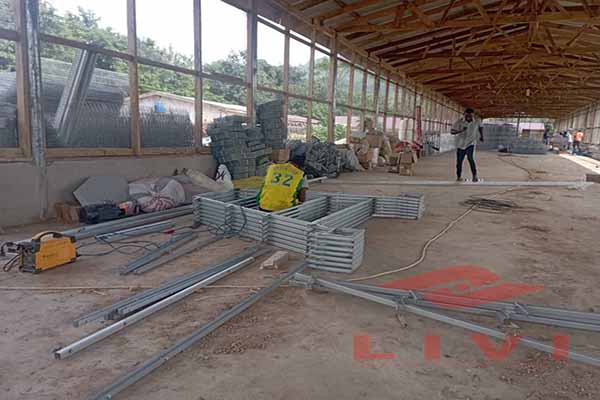Understanding the Poultry Cage System Price: A Comprehensive Guide
Time : 2025-06-30
The poultry cage system is an essential component in modern poultry farming, providing a structured and efficient environment for raising chickens. When considering the investment in such a system, the price is a critical factor. This article delves into the various aspects of poultry cage system pricing, ensuring that both beginners and seasoned farmers can make informed decisions.
Introduction to Poultry Cage Systems
Poultry cage systems are designed to house chickens in a controlled environment, promoting health, growth, and productivity. These systems come in various types, including broiler cages, layer cages, and breeding cages, each tailored to specific farming needs. The price of these systems can vary widely based on several factors.
Types of Poultry Cage Systems
- Broiler Cages: Ideal for raising fast-growing broiler chickens for meat production. These cages are typically equipped with solid floors and are designed for high-density housing.
- Layer Cages: Designed for laying hens, these cages usually have perches for roosting and are equipped with nesting boxes.
- Breeding Cages: These are used for breeding purposes and often have more space per bird, as well as additional features like water and feed troughs.
Factors Influencing Poultry Cage System Price
The price of a poultry cage system can be influenced by several factors, which are crucial to consider for an informed investment decision.
Material and Construction Quality
The choice of materials used in the construction of the poultry cage system significantly impacts the price. High-quality steel, for example, will be more expensive than cheaper alternatives like aluminum or galvanized iron. The thickness of the steel and the durability of the welds also play a role in the overall cost.
Size and Capacity
The size and capacity of the poultry cage system are directly related to the number of birds it can house. Larger systems with higher capacities will naturally cost more. The price per bird in a high-density system may be lower, but the initial investment will be higher.
Additional Features
Modern poultry cage systems come with a variety of additional features that can increase the price. These include automated feeding systems, watering systems, lighting controls, and environmental monitoring systems. While these features can enhance efficiency and productivity, they also add to the overall cost.
Brand and Manufacturer
The reputation and brand of the manufacturer can also affect the price. Established brands may charge a premium for their products, which are often of higher quality and come with better warranties and customer service.
Market Conditions and Location
Market conditions and the location of the purchase can also influence the price. Bulk purchases or local sourcing might offer better deals, while international imports could be more expensive due to shipping and customs costs.

Cost-Benefit Analysis
When considering the price of a poultry cage system, it’s essential to conduct a cost-benefit analysis. This involves comparing the initial investment with the expected long-term savings and benefits.
Long-Term Savings
High-quality poultry cage systems can lead to lower long-term costs. They are often more durable, requiring less maintenance and repairs. They can also improve the health and productivity of the birds, leading to higher yields and profits.
Enhanced Livestock Welfare
Investing in a well-designed poultry cage system can improve the welfare of the chickens. This can lead t o better egg quality and overall health, which can be reflected in the market price of the products.
o better egg quality and overall health, which can be reflected in the market price of the products.
Conclusion
Selecting the right poultry cage system is a significant decision for any farmer. By understanding the various factors that influence the price and conducting a thorough cost-be nefit analysis, farmers can make an informed choice that aligns with their farming goals and budget.
nefit analysis, farmers can make an informed choice that aligns with their farming goals and budget.











